Motorola’s wild new Razr is here, and it’s basically a foldable iPhone
The first time I flip the Motorola Razr open, I hear the familiar snap as the clamshell phone unfolds into my hand. But there is no metal dial pad or black-and-white screen featured in the iconic 2004 phone, which went on to sell more than 130 million units.
This is the new Razr, which folds out to feature a seamless color touchscreen OLED display, albeit with the large Razr “chin” on the bottom. Then, as you close an email or hang up on a call, it snaps back shut like the 15-year-old Razr you know. The accomplishment is self-evident. It doesn’t appear to be some hacked-together tech demo as most folding-screen devices have to date. The flexible display operates so well it just feels normal. And once you see the Razr’s screen is possible, every other phone will look a tiny bit dated as a result.
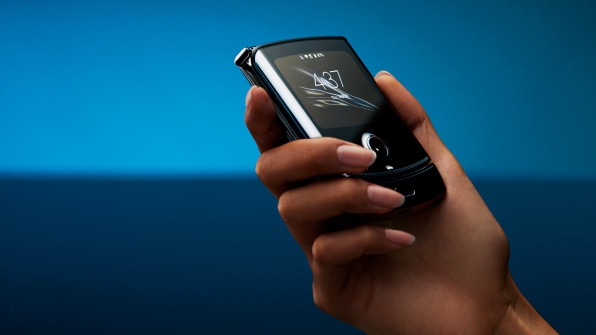
“I’ve been here 25 years. The first phone I worked on was the StarTAC,” recalls Glenn Schultz, vice president for innovation and product development at Motorola. “We weren’t supposed to, but you’d show it to a friend. And they literally, literally freaked out. That phone compared to everything else, they freaked out.”
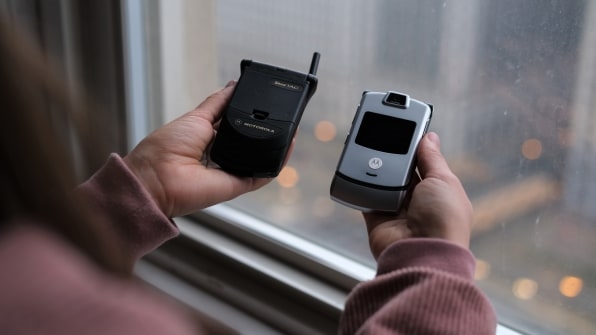
[Photo: Motorola]
“And that feeling, it would motivate me down the whole path of my life and my career,” he continues as his voice cracks a bit and his eyes begin to well. “And to this day, I hadn’t felt that actually, until now with this phone.”
I picture Schultz commuting to work each day, as Motorola—the American company that built the first cellphone, period—went through a few rough post-Razr years, was sold to Google, and then was sold to Lenovo, which still owns it today. During all that time, this was the sensation he was waiting for again.
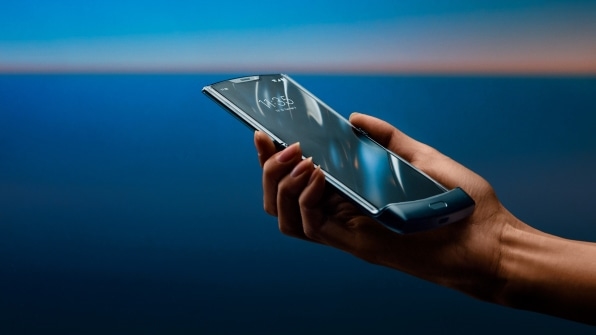
Motorola today
To Schultz’s credit, Motorola has been innovating the whole time; it just hasn’t created a mass-covetable product since its original Razr. In the early days of Android, when Google’s operating system still sounded so weird, its Droid phones helped brand an alternative OS to Apple’s. Motorola built the first always-on display, which is now a mainstay in the industry, and it developed a shatterproof screen in 2011 that solved the biggest ongoing pain point of owning an iPhone. (No, it wasn’t the hit Motorola hoped for, but in many ways, it set the stage for the folding Razr of today. More on that below.)
Recently, Motorola bowed out of the Samsung-Apple high-end phone fistfight. Instead, it’s found its foothold in the mid-tier phone market. The company’s sub-$400 phones thrive in markets such as South America, where it boasts double the market share of Apple.
Even so, when Motorola veteran Sergio Buniac was promoted to president in early 2018, he knew he had to focus the company’s line. He slashed programs such as the higher-end Moto X. He mandated that phones would ship, not at arbitrary targets during the year, but when they were done—an approach that meshes well with a new platform the company launched called Motorola One. It’s basically a stock smartphone that the company can add special features to, like macro or zoom lenses, making incremental improvements that will appeal to niches in the market, without rebuilding the core chipset and design every time.
Buniac cut a lot of innovation spending, but he did believe in two projects. The first was 5G, so Motorola teamed with Verizon to launch the first 5G phone option last year. The second was Motorola’s folding OLED technology.
“We called it innovation we could monetize. We don’t [just] want to do a nice phone,” says Buniac. “We put the latest chipset [into a smartphone], and by the time we launch the phone, we’re seven months behind the Galaxy. We’ll have to reinvest.”
What Buniac wanted was a statement in the premium phone space, something to rally teams internally and consumers externally. “Phones that are desired, that have more pull than push,” he puts it to me.
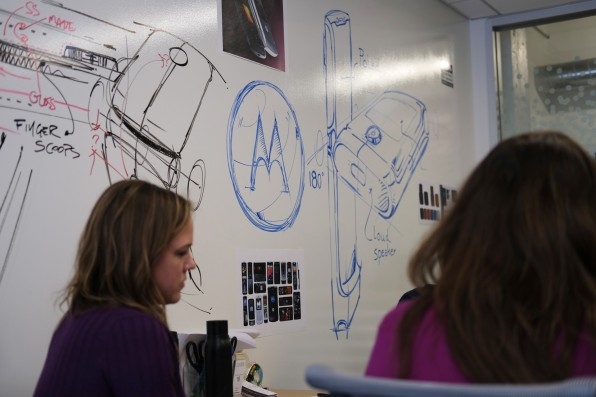
Remaking the Razr
No one on the team tells me when they decided to remake the Razr, but they’re all insistent that it wasn’t the original plan. While companies such as Apple have released phones with rigid, glass OLED screens, Motorola had been working with plastic OLED technologies since 2011, when it launched its Shattershield crackproof display.
At the time, that display was covered in layers of protective plastic. But theoretically, such screens are flexible. Over the years to come, R&D began to experiment with bending these plastic displays into more flexible electronics. They demoed a phone that could loosely wrap, with quite a bit of effort, onto your wrist. They also demonstrated a large phone that could fold out to become a small tablet. I try them both at Motorola’s headquarters in Chicago, and they are, objectively, terrible.
No doubt flexible screens have a neato factor that lasts 15 seconds. But after that, you start wondering, what do these devices solve? That’s what Motorola was asking too, as it showed prototypes in public and to consumer research groups.
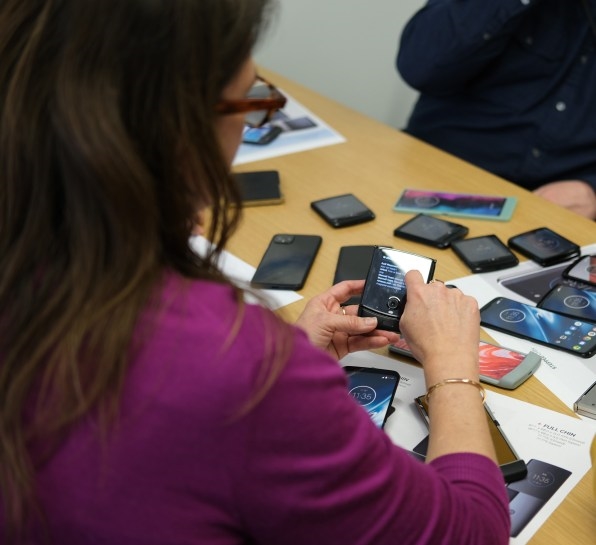
As Ruben Castano, assistant vice president of design at Motorola, puts it to me, consumers didn’t really want a large phone that could fold out into a small tablet. (He doesn’t direct this comment at Samsung, which released just such a folding device earlier this year, but the comparison is fair and obvious.) But consumers did desire large-screened phones that might somehow fit better into their pockets.
If they could build that phone, they might really have something. It would solve a major use pain point, and it would also create the sort of statement device the company needed. “We need to create that emotional connection with consumers,” says Castano. “If a product doesn’t surprise you, make you fall in love . . . we’re not doing justice to the consumer.”
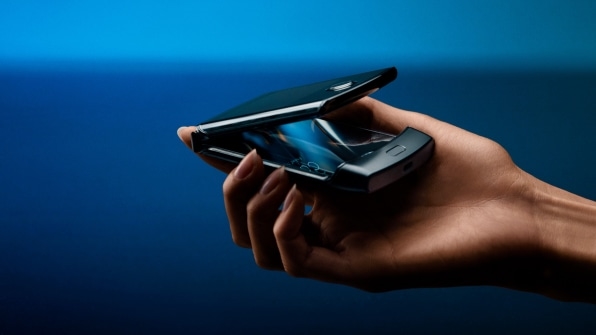
Building the hinge
Motorola started with size studies. They mocked up devices, folded in half, to figure out how a modern clamshell design would work. I look at a table full of these rough 3D prints and molds. Some clearly break the laws of physics, and Distinguished Designer Paul Pierce, who worked on the original Razr project, laughs that there was some debate as to whether or not they should show the smaller models to me.
Indeed, the new Razr is a hefty piece of hardware. It features a steel frame and a glass and resin exterior. It’s sturdy enough that I’m encouraged to sit down as I toss it into my back pocket. Folded up like this, it’s still usable. An exterior display lets you skip Spotify tracks and take selfies. Open the device while you’re perusing an email, and you’ll go from a few-line preview to the full email on display on the 6.2-inch OLED screen. This seamless interface transition was led by Elisa Vargas, the global UX design director at Motorola, who pioneered the original text-messaging app and other utilities on the original Razr.
I immediately adore this external display. It feels almost like you’re carrying a whole other phone when the Razr is closed. Indeed, the external display ostensibly turns the high-tech Razr into a dumb phone, with a drip of actionable information that doesn’t suck you into a black hole of Twitter and Instagram every time you just want to check your email. It’s as glanceable as an Apple Watch without your needing to buy an Apple Watch.
But the pièce de résistance is that internal OLED display. To the touch, it almost feels like glass. And while it folds, there’s almost no discernible evidence of its binder line.
What makes the display work is an absurdly complicated, patented hinge system that takes up nearly a third of its internal space. Developed in partnership with Lenovo, which has a lot of expertise in hinges from its bendy Yoga laptop line, it’s one of several proposed designs that had to be painstakingly tested to get it to work.
The hinge itself curves the screen like a teardrop rather than like a piece of paper. This stops the OLED from creasing and getting damaged. Every time you fold the device out, a series of springs and pistons moves two small plates underneath where your fingers will tap. Fold it in, and the plates slide back.
You don’t see any of this, of course, but the folding mechanism is so precise that it ensures that the paper-thin display, which is really a sandwich of several layers of plastics and technology, won’t create any difference in heat between any of these microlayers as they bend, which would also ruin the display. Meanwhile, there is no gap when the device closes, ensuring that the screen is safe from being damaged.
I watch as an industrial robot opens and closes a few Razr prototypes over and over again. How many times can the Razr be opened before the screen gives out? The team declines to say. They did, however, recently have to repair their robot from all the abuse.
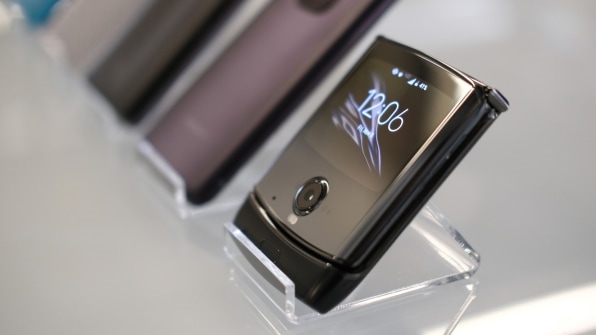
Squeezing the insides together
The hinge and screen work as advertised—and through my day at Motorola, peeking in various design rooms and labs, I find myself opening and closing the device almost impulsively. But to engineers, that interaction came at a great cost. With a third of the internal space of the phone accounted for by mechanics, the team needed to fit a full smartphone into a small space.
To balance weight and ensure one side wasn’t thicker than the other, they split both the circuits and the battery into two discrete units, operating on each side of the hinge. This is unheard of in modern smartphone design, which places everything on one seamless board. (Notably, Microsoft took a similar approach with the Hololens 2, and it confirmed that the split hardware required many small miracles to make work.) Meanwhile, each side of the Razr is just 7 mm thick—which makes them each thinner than the iPhone 11. That’s right, Motorola basically built two of the smallest smartphones in the world and folded them together.
Which brings us to the chin—what every designer inside Motorola insisted was the result of engineering necessity, although, yes, a convenient icon to bring back too, to anyone who remembers their old Razr fondly.
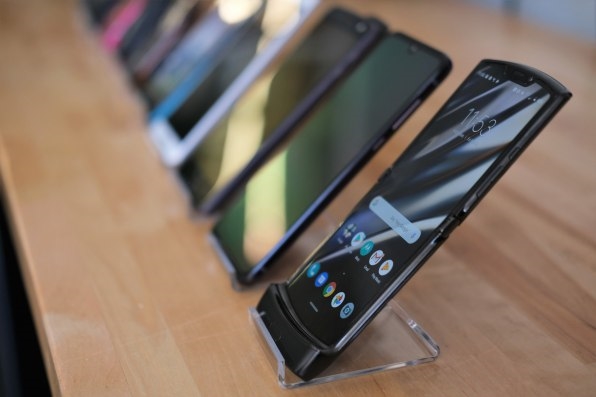
“Here’s a version with no chin,” says Pierce, handing me one of the svelte design studies. “In many ways it probably feels more modern, but then you say, how can you charge it? Neither of the halves is thick enough to hold the smallest USB jack.”
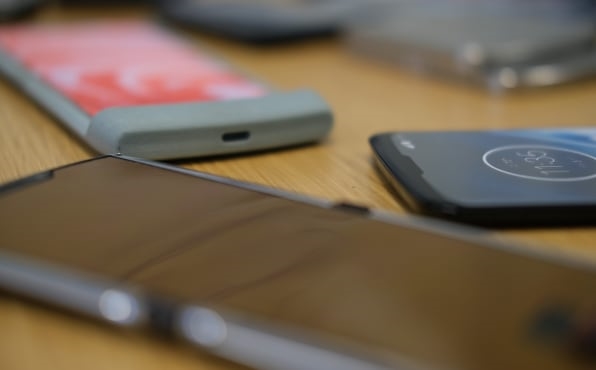
Another problem is the array of radios that modern smartphones require. These radios cannot be too close to one another, nor can they be too close to the processor, because the processor runs at an electronic frequency that will interfere with signal transmission. Antennas are always tricky when designing smartphones. Make one fold, and suddenly the antennas need to work in two separate configurations.
In fact, the team actually uses the chin to store these antennas, using similar techniques it did with the original Razr. Plus they added a speaker and a thumbprint sensor.
“We did check chin or no chin,” says Pierce. “We didn’t say it has to have a chin, it’s Razr. There are things that just happen.”
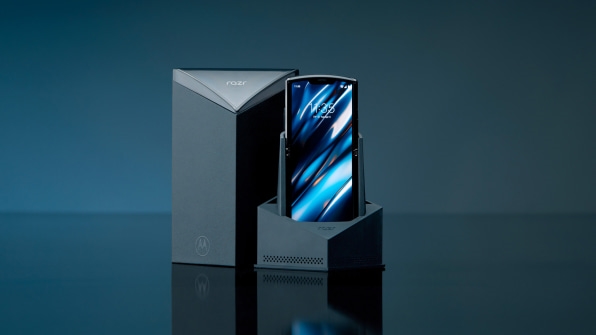
Razr is a hit, no matter how it sells
As I close out my day talking to Buniac, it’s clear that all of Motorola is extremely proud of the new Razr. It’s also clear, from the multiple times Buniac asks how many units I think it might sell, that even Motorola has no idea how many people will buy it (though, yes, they have firm internal targets that they decline to publicize). At one point, he likens the Razr to a Ferrari, a second car you might drive on the weekend so it feels special. Maybe that’s true! I, for one, cannot afford a single Ferrari, so I cannot claim to know.
You could buy two iPhone 11s and tape them together for less than the $1,500 asking price for one Razr. And it will be offered exclusively on Verizon (pre-orders open December 26 for a January 2020 ship date), limiting its market to subscribers. No doubt price will be the sticking point of the wave of press that will hit on the Razr when it debuts. You will read reviews of value and utility, hot takes on how pocketable the Razr really is. There will be lots of butt shots in jeans. Look away.
Meanwhile, I would urge you not to view the Razr through the lens of a consumer at all. In a technology industry that’s bred nothing but cynicism—be it Cambridge Analytica scandals or Apple’s ho-hum annual iPhone updates—the Razr is a little piece of wonder turned into a real product. It’s a promise that capitalism can still drive progress, or at least excitement. And it’s a reminder that, yes, the Razr’s big chin was weirdly cool all along.
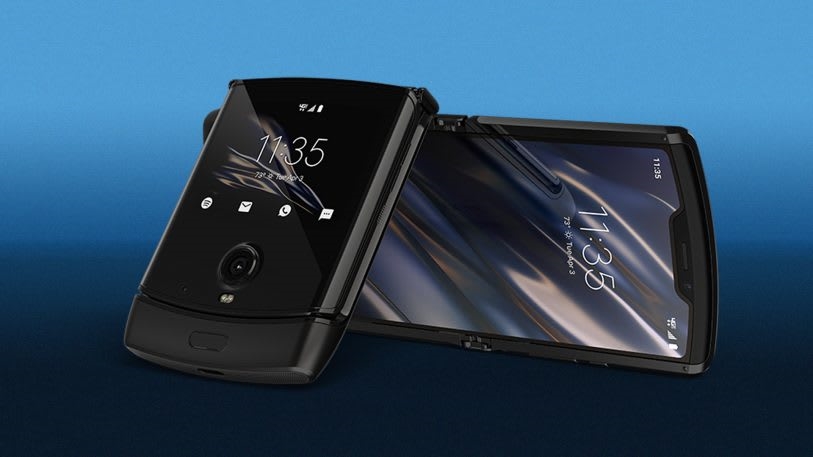
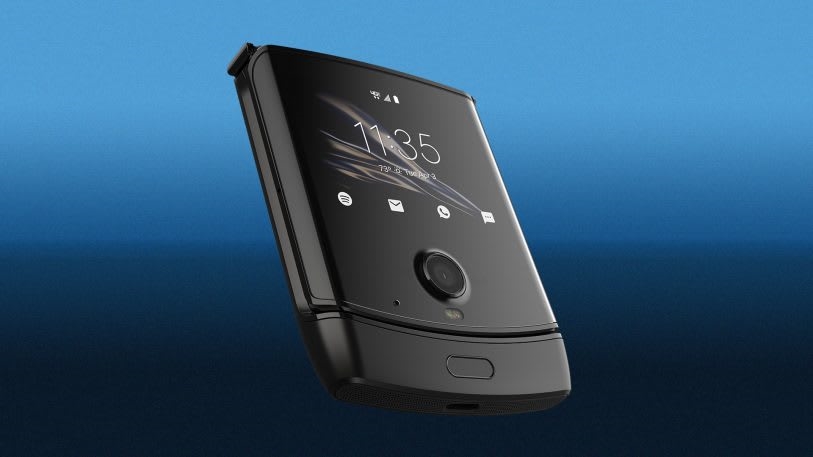
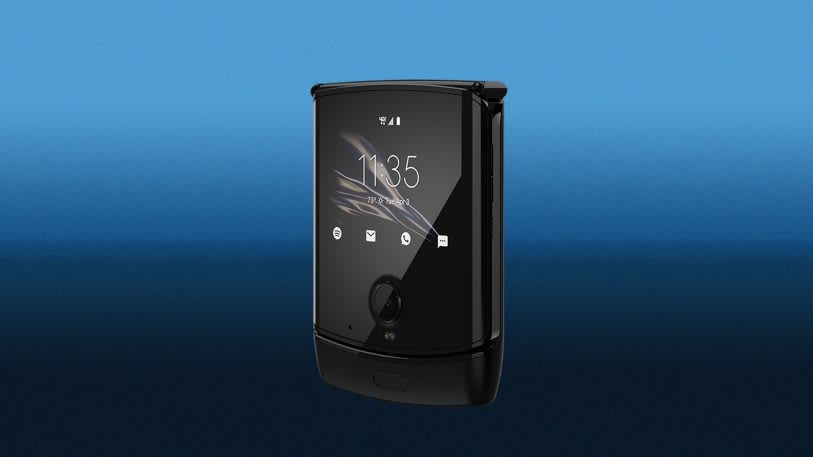
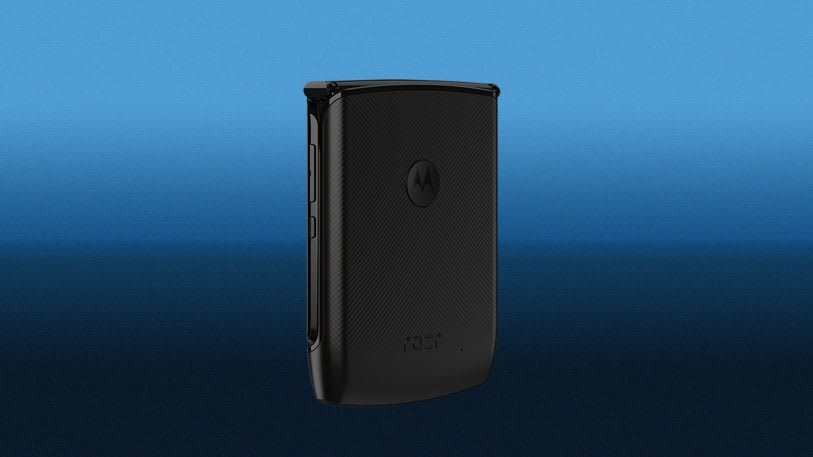
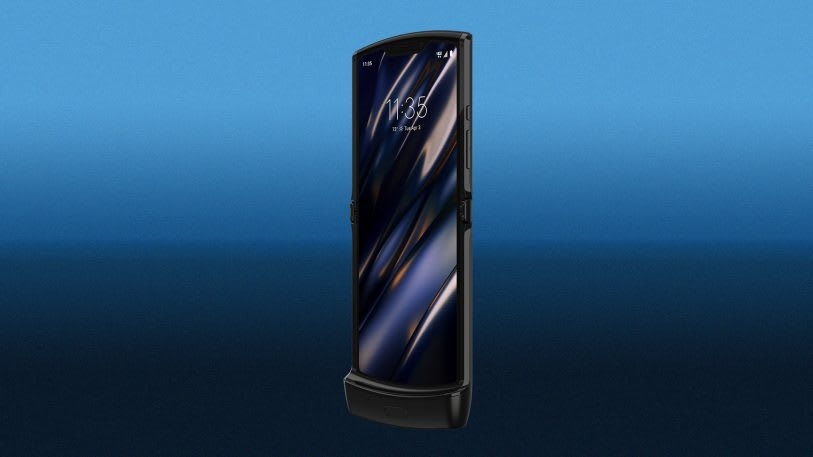
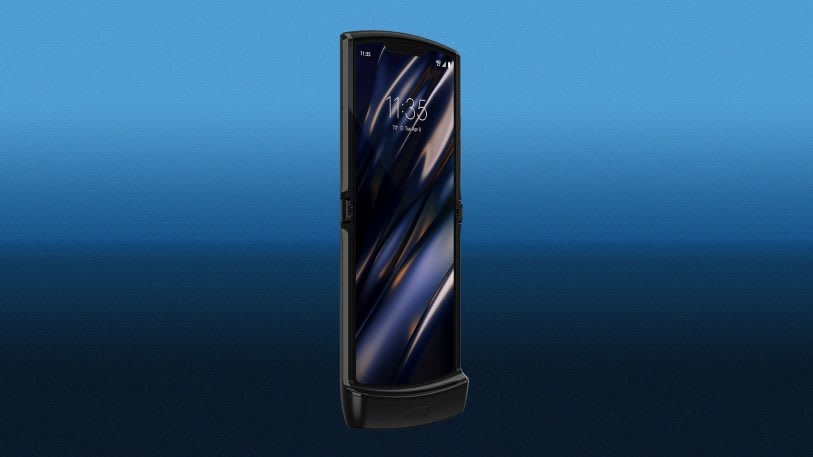
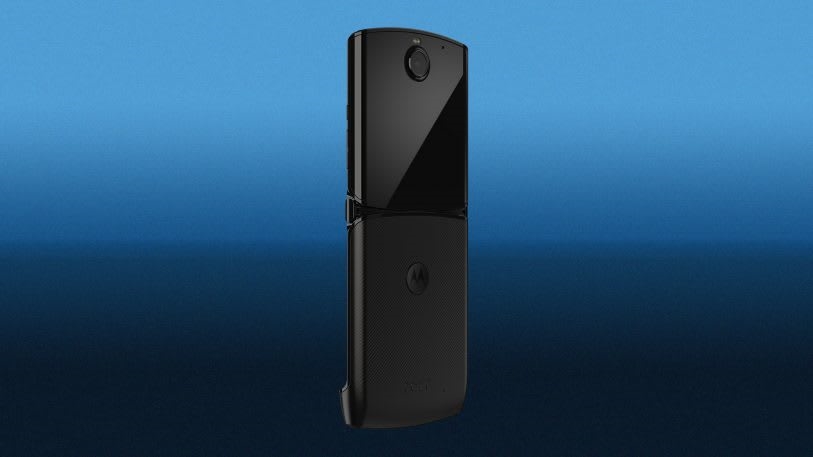
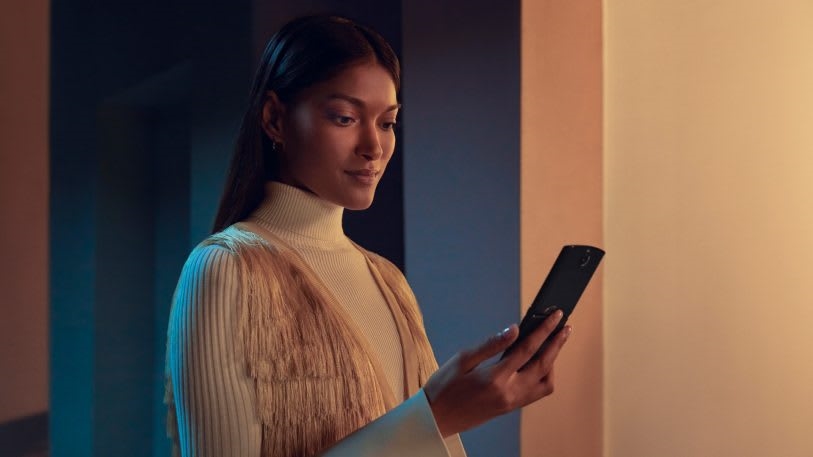
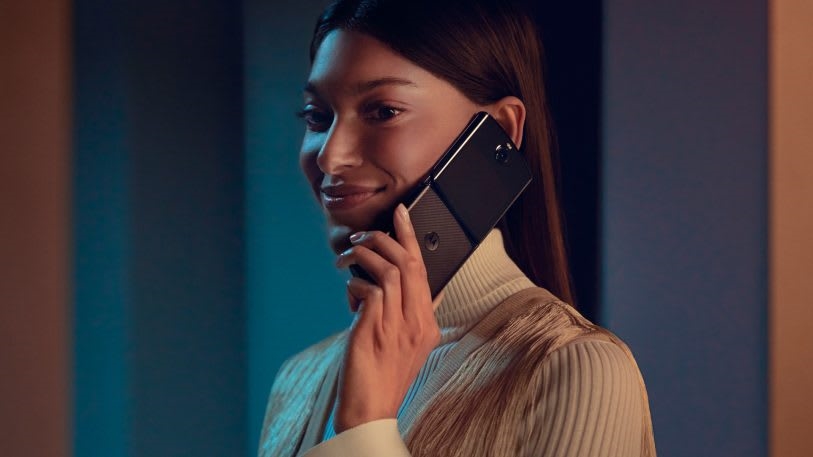
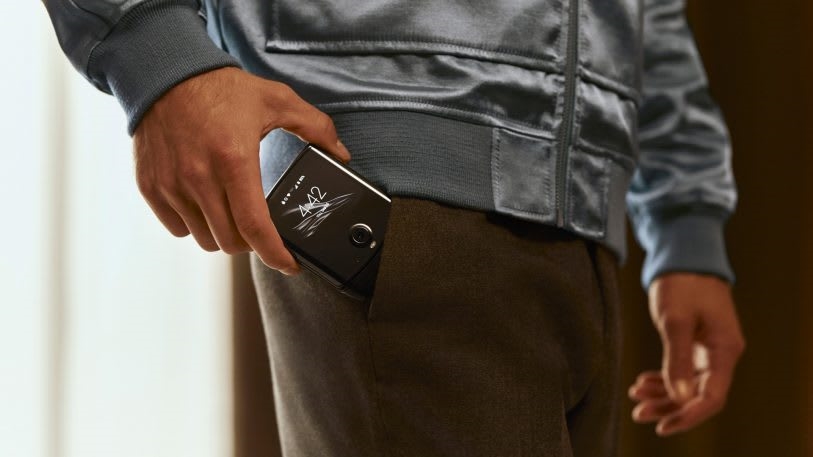
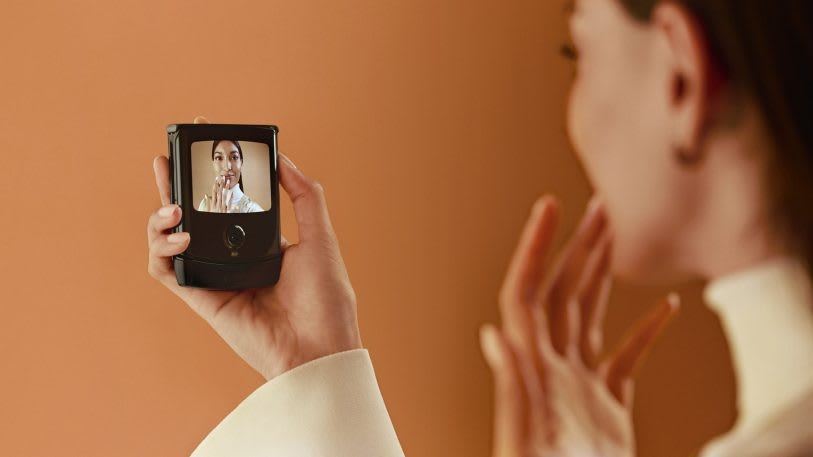
Fast Company , Read Full Story
(51)


